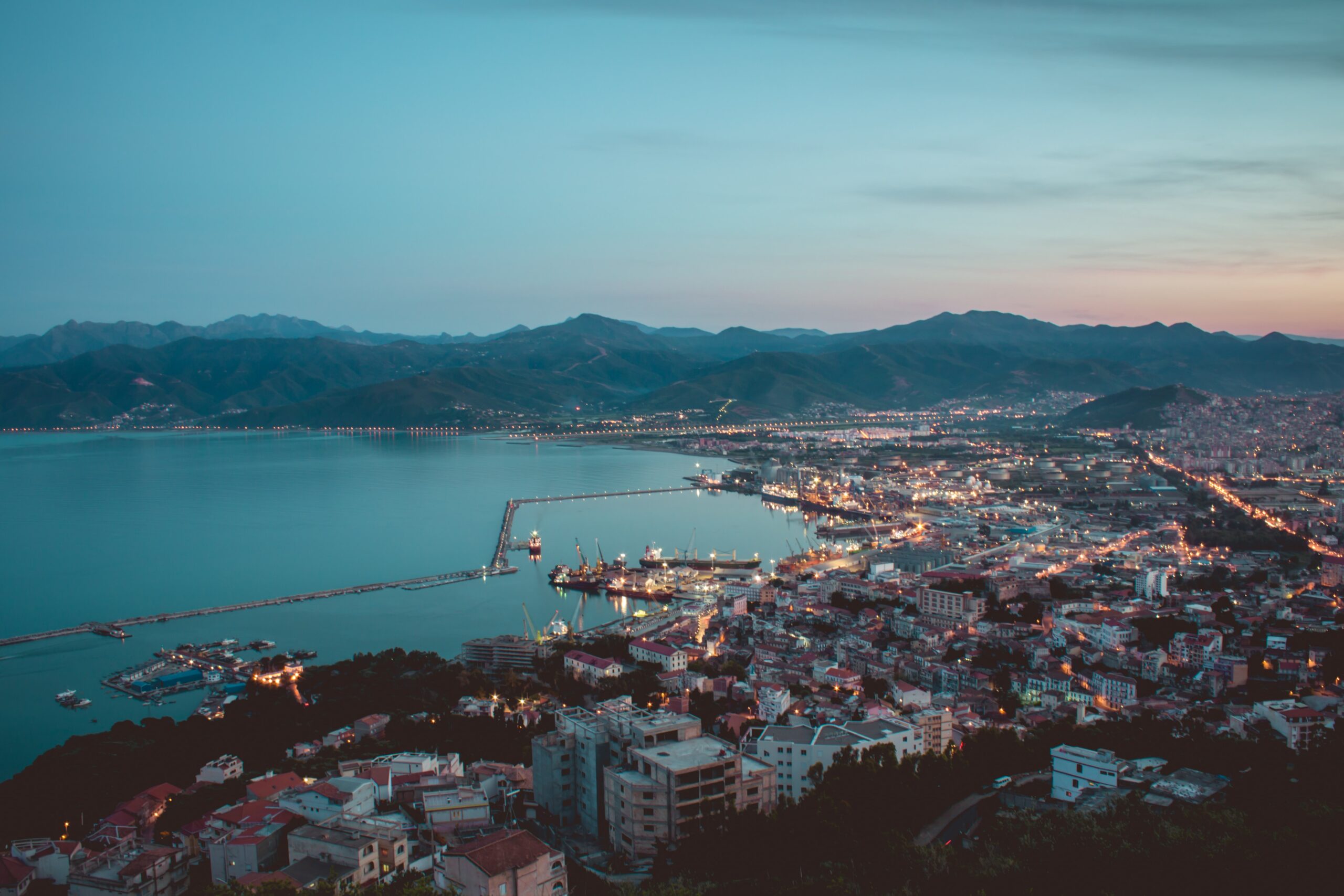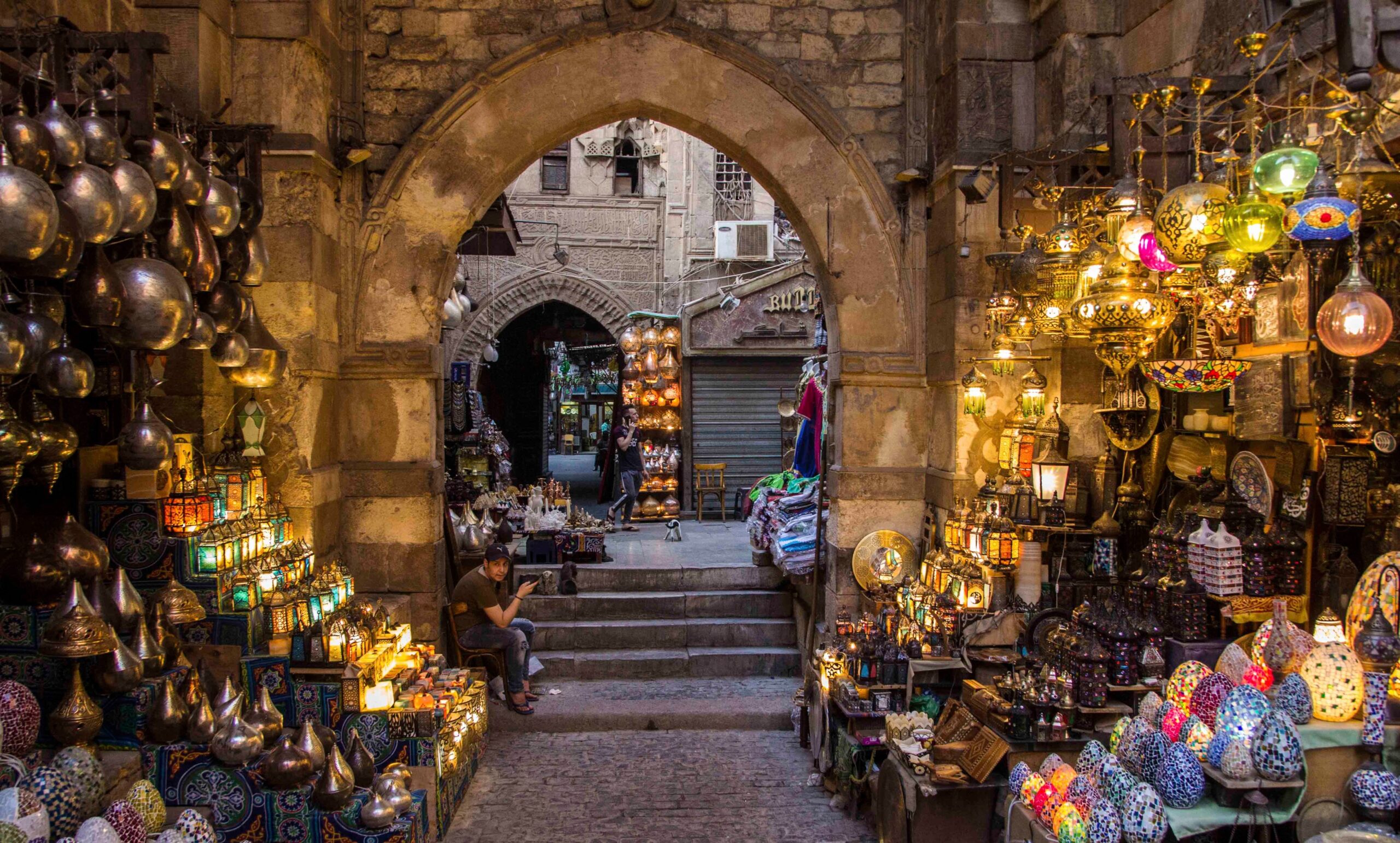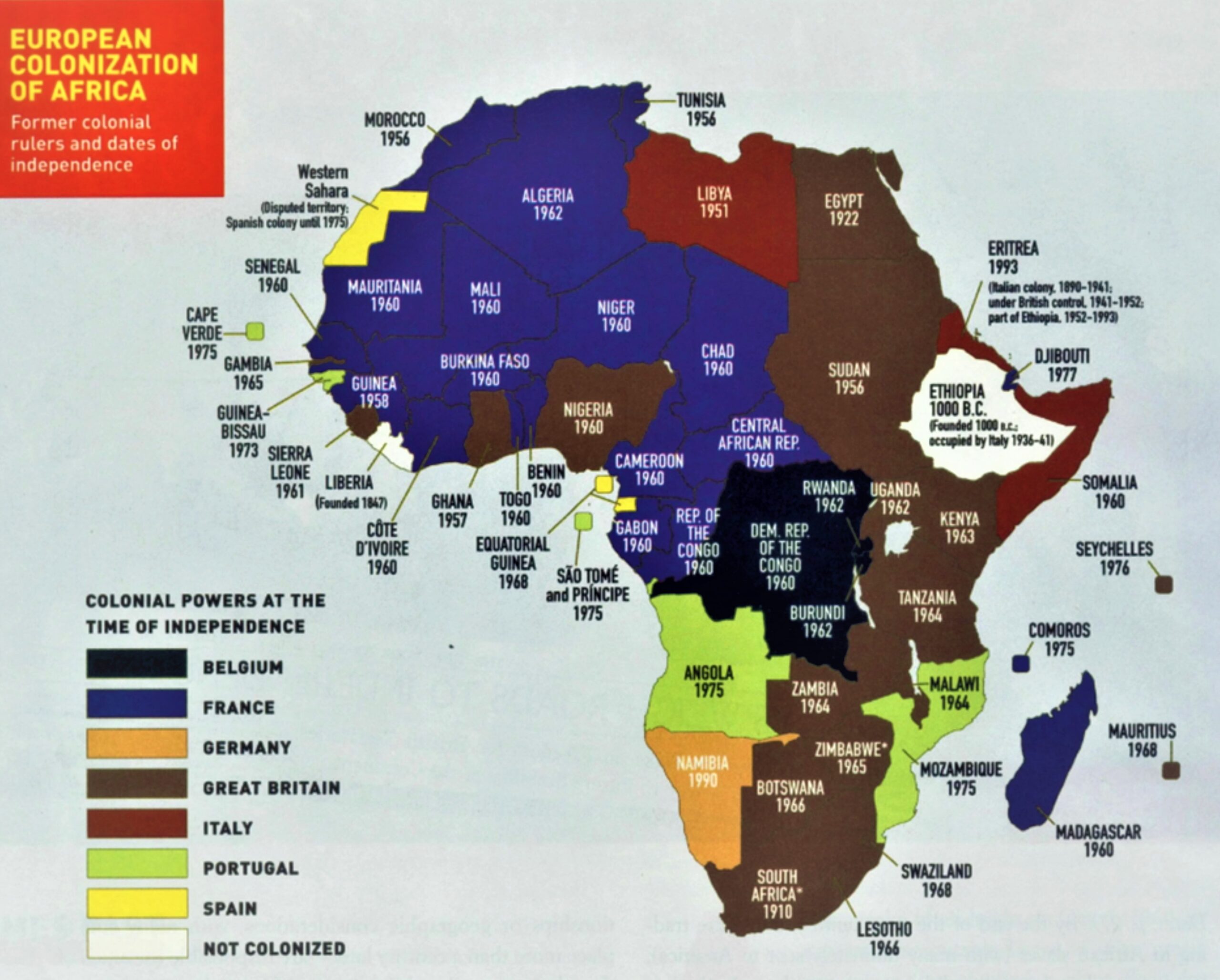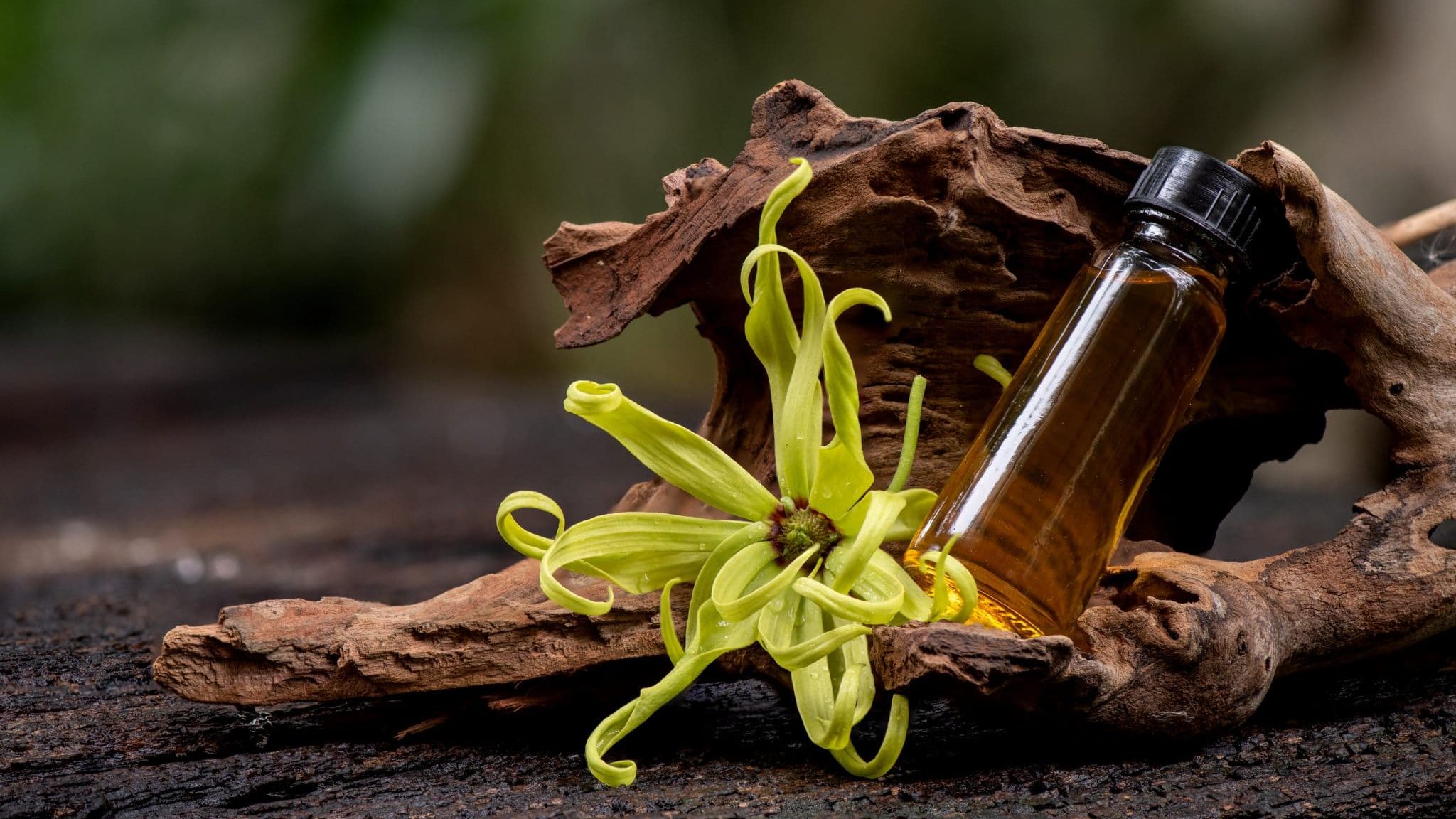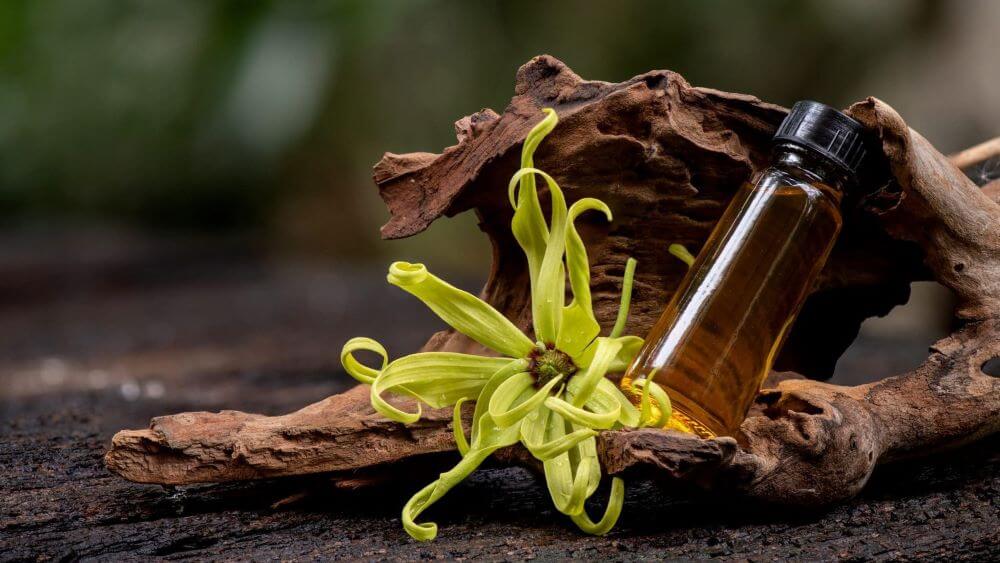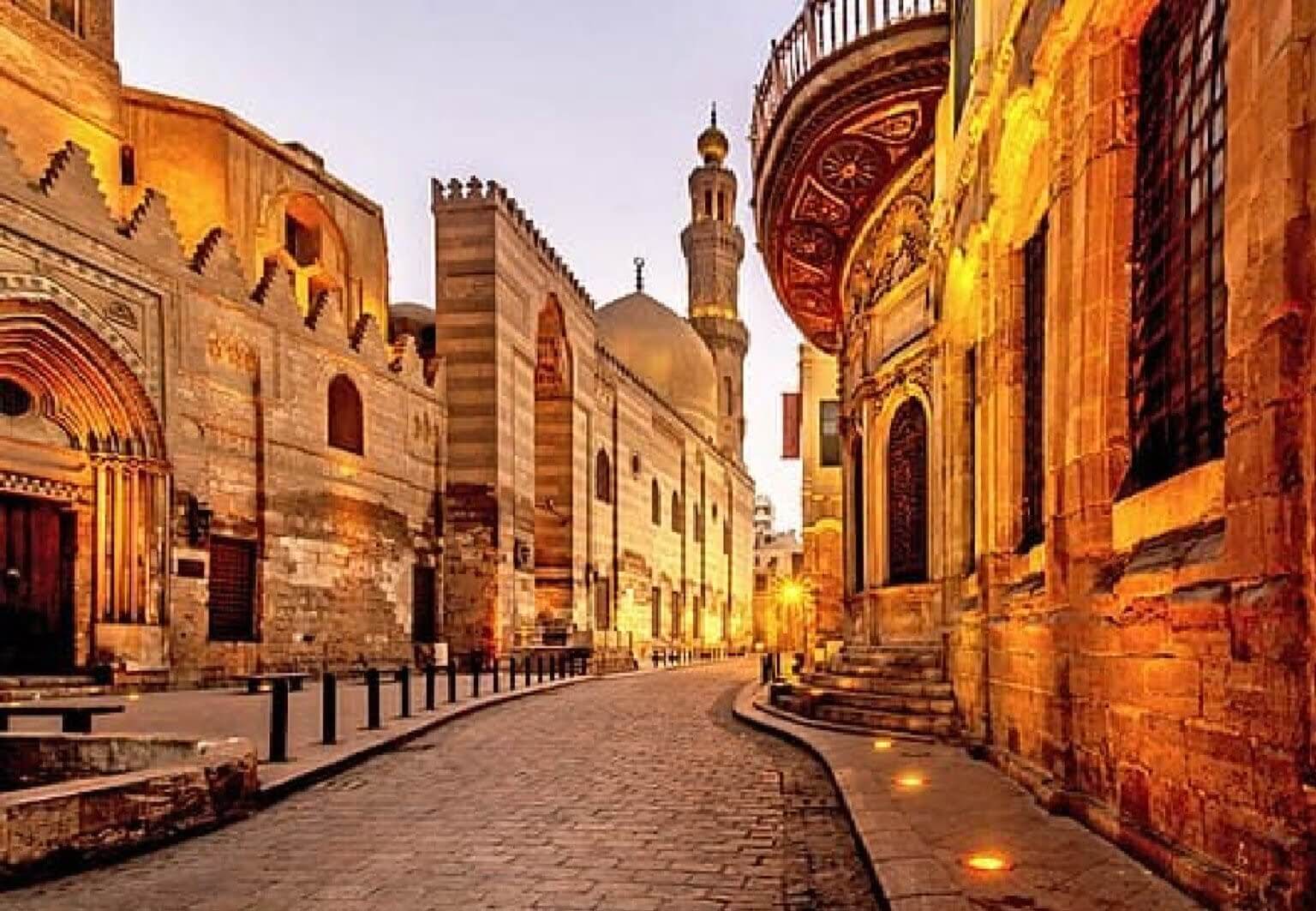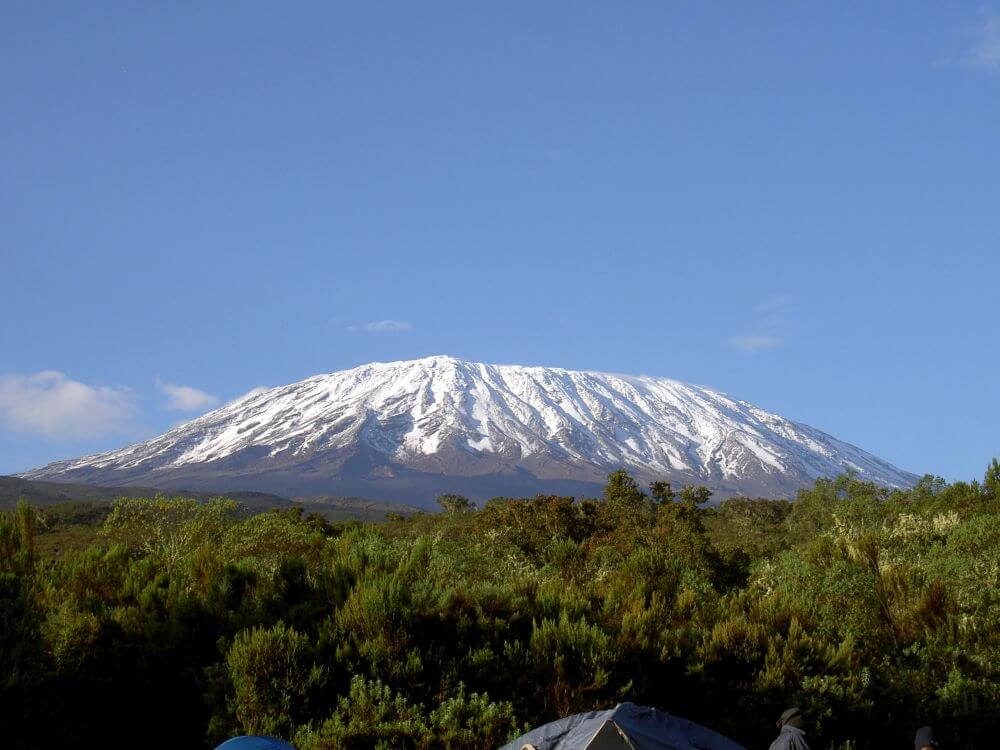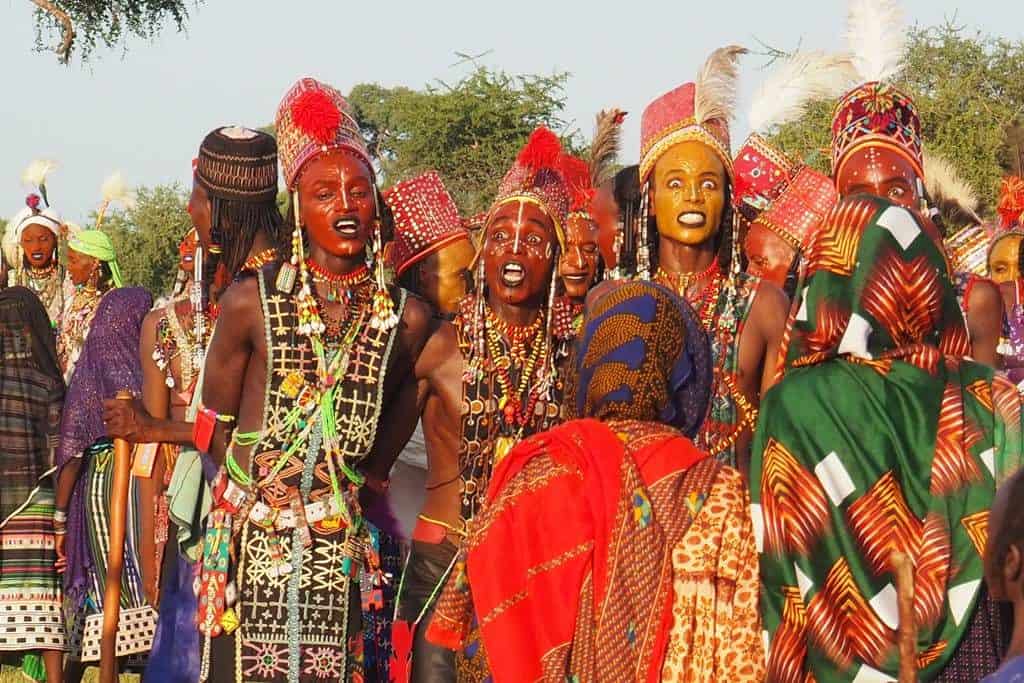Take a tour with AT&L into some of Africa’s most interesting and intriguing museums. These museums embody history, culture, and the essence of Africa.
Algeria

Musée National des Beaux-Arts, Algiers
Located in the heart of Algiers, the Musée National des Beaux-Arts is a premier institution showcasing Algeria’s rich artistic heritage. Established in 1930, this museum houses an extensive collection of over 8,000 works, including paintings, sculptures, and decorative arts. The museum’s diverse exhibitions span from ancient artifacts to contemporary art, reflecting the country’s cultural evolution. Highlights include a significant collection of 19th-century European paintings, traditional Algerian crafts, and modern works by prominent local artists. The museum’s elegant architecture complements its impressive collection, providing a serene environment for visitors to explore Algeria’s artistic achievements.
Musée Archéologique d’Alger

The Musée Archéologique d’Alger offers a fascinating journey through Algeria’s ancient past. Located in the capital city, this museum boasts an impressive collection of artifacts from various historical periods, including the prehistoric, Roman, and Islamic eras. Visitors can explore a range of exhibits, from prehistoric tools and ancient Roman mosaics to Islamic ceramics and coins. Notable highlights include the stunning Roman mosaics from Timgad and the extensive collection of Numidian artifacts. The museum’s well-curated displays and informative labels provide valuable insights into Algeria’s rich archaeological heritage.
Egypt

Egyptian Museum, Cairo
The Egyptian Museum in Cairo is one of the most renowned museums globally, renowned for its extensive collection of ancient Egyptian antiquities. Established in 1902, it houses over 120,000 artifacts, including the treasures of Tutankhamun and the Royal Mummy Room. Highlights include the golden mask of Tutankhamun, the Rosetta Stone, and the statues of Ramses II. The museum’s neoclassical architecture and carefully curated exhibits offer visitors an unparalleled glimpse into ancient Egyptian civilization. Its collections span thousands of years, providing a comprehensive overview of Egypt’s historical and cultural evolution.

Museum of Islamic Art, Cairo
Situated in Cairo, the Museum of Islamic Art is a treasure trove of Islamic art and artifacts. Founded in 1880, the museum boasts one of the world’s most extensive collections of Islamic art, including textiles, ceramics, metalwork, and manuscripts. The museum’s architecture itself is a testament to Islamic artistic tradition, with intricate designs and beautiful courtyards. Highlights include exquisite calligraphy, ornate jewelry, and intricate woodwork. The museum provides a deep understanding of Islamic art across various regions and periods, reflecting the diverse cultural influences that have shaped the Islamic world.
Ethiopia

National Museum of Ethiopia, Addis Ababa
The National Museum of Ethiopia, located in Addis Ababa, is a key institution for understanding Ethiopia’s rich history and cultural heritage. Established in 1958, it houses a diverse collection of artifacts ranging from prehistoric tools to contemporary art. One of the museum’s most famous exhibits is “Lucy” (Australopithecus afarensis), one of the oldest and most complete hominid fossils ever discovered. The museum also features a rich collection of Ethiopian art, including traditional religious artifacts and modern paintings. Its exhibitions offer valuable insights into Ethiopia’s ancient civilizations and vibrant cultural traditions.

Ethnological Museum, Addis Ababa
Housed in a former royal palace, the Ethnological Museum in Addis Ababa offers a deep dive into Ethiopia’s diverse cultures. The museum, established in 1958, features exhibits on the country’s various ethnic groups, their traditions, and their daily lives. Highlights include traditional costumes, musical instruments, and artifacts from Ethiopia’s numerous ethnic communities. The museum’s collection provides a vivid portrayal of Ethiopia’s cultural richness and social diversity. Its location in the former palace adds historical context, offering visitors a glimpse into Ethiopia’s imperial past alongside its contemporary cultural practices.
Kenya

Nairobi National Museum
The Nairobi National Museum is Kenya’s premier cultural institution, showcasing the country’s rich heritage through its extensive collections. Established in 1910, the museum offers exhibits on Kenya’s history, art, and natural history. Highlights include archaeological artifacts, traditional crafts, and contemporary art. The museum’s diverse collections provide insights into Kenya’s prehistoric past, colonial history, and modern artistic achievements. The museum’s beautiful gardens and surrounding grounds add to the visitor experience, making it a comprehensive destination for exploring Kenya’s multifaceted heritage.

Karen Blixen Museum
Located in the former home of Danish author Karen Blixen, the Karen Blixen Museum in Nairobi offers a unique glimpse into the life of the author of “Out of Africa.” The museum, set in Blixen’s former residence, features exhibits on her life in Kenya, her literary career, and the history of the house itself. Visitors can explore the beautifully preserved rooms, view personal artifacts, and learn about Blixen’s experiences in Kenya. The museum’s lush gardens and picturesque setting provide a serene backdrop for understanding the life and work of one of Kenya’s most famous residents.
Morocco

Musée de Marrakech
The Musée de Marrakech, located in the heart of Marrakech, is a celebrated institution showcasing Moroccan art and culture. Housed in a beautifully restored riad, the museum features a diverse collection of artifacts, including traditional Moroccan art, pottery, and textiles. Highlights include intricate woodwork, vibrant ceramics, and historical manuscripts. The museum’s architecture reflects traditional Moroccan design, with ornate tilework and lush courtyards enhancing the visitor experience. The museum provides a comprehensive overview of Moroccan artistic traditions and cultural heritage.

Museum of Moroccan Arts, Rabat
The Museum of Moroccan Arts in Rabat is dedicated to preserving and showcasing Morocco’s rich artistic traditions. Established in 1920, the museum features a wide range of exhibits, including traditional costumes, jewelry, and textiles. Highlights include exquisite Moroccan rugs, intricate metalwork, and historic ceramics. The museum’s collection provides valuable insights into Morocco’s diverse cultural influences and artistic practices. The museum’s elegant design and well-curated exhibits offer visitors a deep understanding of Moroccan art and heritage.
South Africa

Iziko South African Museum, Cape Town
The Iziko South African Museum, located in Cape Town, is one of the country’s most important institutions for natural history and cultural heritage. Established in 1825, the museum features a vast collection of fossils, minerals, and cultural artifacts. Highlights include dinosaur skeletons, ancient fossils, and exhibits on South Africa’s indigenous cultures. The museum’s engaging displays and interactive exhibits offer a comprehensive overview of South Africa’s natural and cultural history. Its beautiful location in Cape Town’s historic district adds to the visitor experience.

Apartheid Museum, Johannesburg
The Apartheid Museum in Johannesburg offers a poignant and powerful exploration of South Africa’s history during the apartheid era. Opened in 2001, the museum features exhibits on the struggle against apartheid, the journey to democracy, and the personal stories of those affected by racial segregation. Highlights include interactive displays, historical photographs, and personal testimonies. The museum’s thought-provoking exhibits provide a deep understanding of South Africa’s complex past and its ongoing journey toward reconciliation and unity.
Tanzania

National Museum of Tanzania, Dar es Salaam
The National Museum of Tanzania, located in Dar es Salaam, is a key institution for understanding the country’s diverse cultural and historical heritage. Established in 1940, the museum houses an extensive collection of artifacts, including archaeological finds, ethnographic objects, and natural history exhibits. Highlights include the fossilized remains of early humans, traditional Tanzanian crafts, and historical documents. The museum provides valuable insights into Tanzania’s past, from prehistoric times to the present, and reflects the country’s rich cultural diversity.

The Village Museum, Dar es Salaam
The Village Museum in Dar es Salaam offers a unique experience for visitors interested in Tanzanian culture and traditions. Established in 1996, the museum showcases traditional village life through reconstructed homesteads, artifacts, and live demonstrations. Visitors can explore traditional Tanzanian architecture, watch cultural performances, and learn about various ethnic groups’ daily practices. Highlights include traditional dances, music, and craft demonstrations. The museum provides an immersive experience into the traditional lifestyles of Tanzania’s diverse communities.
Zimbabwe

National Gallery of Zimbabwe, Harare
The National Gallery of Zimbabwe in Harare is a premier institution for Zimbabwean art and culture. Established in 1957, the gallery features a diverse collection of contemporary and traditional artworks. Highlights include sculptures, paintings, and textiles by both established and emerging Zimbabwean artists. The gallery’s exhibitions reflect the country’s artistic evolution and cultural heritage. With its engaging displays and vibrant exhibitions, the National Gallery offers visitors a deep understanding of Zimbabwe’s artistic landscape.

Zimbabwe Museum of Human Sciences, Harare
The Zimbabwe Museum of Human Sciences in Harare is dedicated to exploring the country’s archaeological and anthropological heritage. Established in 1966, the museum features a range of exhibits, including prehistoric artifacts, ancient tools, and traditional crafts. Highlights include the impressive collection of ancient Zimbabwean artifacts and the extensive ethnographic displays. The museum’s informative exhibits provide valuable insights into the human history and cultural evolution of Zimbabwe and its surrounding regions.

